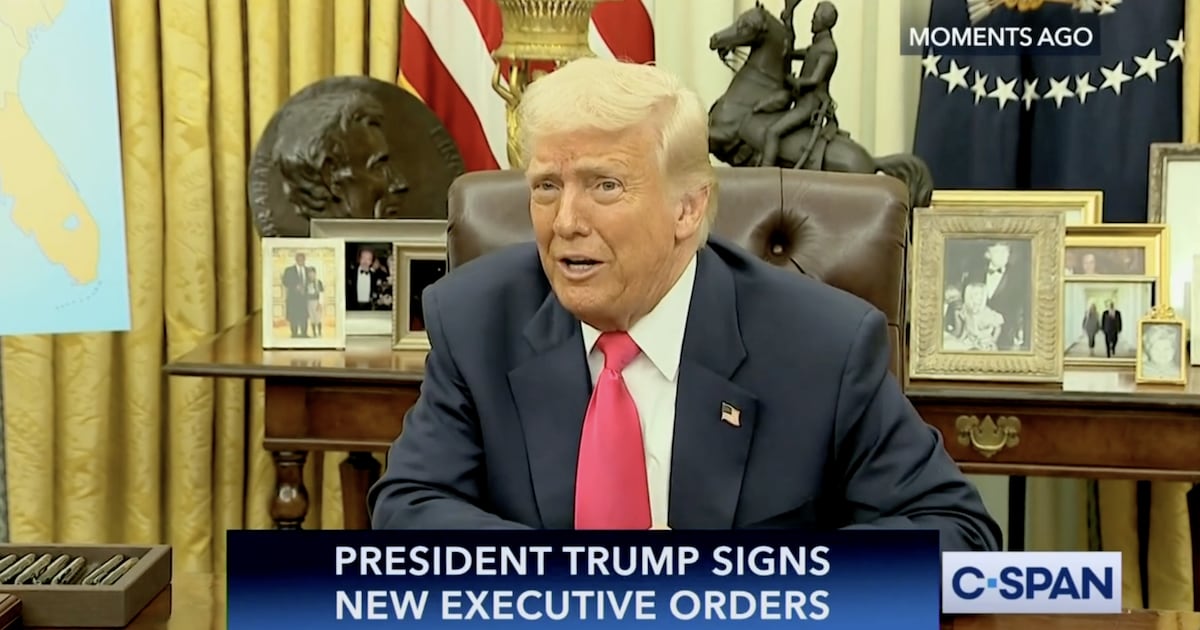The first time Russia conquered the Crimean Peninsula and fought a war so that its gains would be internationally recognized, it relied, in part, on an American hero.

In 1788, John Paul Jones, “the Father of the American Navy” who captained the USS Bonhomme Richard in its famous victory over the HMS Serapis at Flamborough Head, fought the Ottoman Empire on behalf of Catherine the Great—as Kontradmiral Pavel Ivanovich Jones—and helped Russia maintain its control of the Crimea.
Jones, who was born in Scotland and only immigrated to America two years before the Revolution, was without a command in the 1780s, as the United States had no navy at the time (the last ship of the Continental Navy was sold off in 1785). So he went to Europe seeking opportunities to continue his naval career and achieve the rank of admiral, which he had long desired (because of the monarchist overtones of the rank, the U.S. wouldn’t have a single admiral until the Civil War). And he found one in Russia.
Russia had just occupied the Crimea a few years earlier, and incorporated the peninsula into the Czarist Empire only nine years after establishing it as a puppet state independent from the Ottoman Empire in 1774. The Turks weren’t pleased about this or other developments as Russia continued to expand into Ukrainian territories that it had previously seized. Finally, after Catherine the Great made a grand procession through the newly conquered parts of Ukraine, the Ottomans were sufficiently provoked and attempted to regain the possessions they had lost bordering the Black Sea. As a result, Russia needed naval commanders and Jones was given the rank of rear admiral and sent to fight the Turks.
One problem: There were a few other rear admirals fighting the Turks, too, and Jones, a thin-skinned man in the best times, soon faced some rather ferocious infighting as command of the Russian fleet was divided. (Leading all Russian military efforts against the Ottomans was Prince Grigori Potemkin, best known for “Potemkin villages” who was a prime intriguer himself). The result was chaos, as Jones, who thought he was in charge of the entire Black Sea fleet, was only commanding “the squadron.”
Despite this dysfunction, Jones initially fared well. He helped the Russians win several victories and displayed his typical derring-do. At one point, Jones had a Cossack sailor row him on a boat in the midst of the Turkish fleet in the middle of the night on a scouting expedition. In course of this, Jones chalked in giant letters on one Turkish ship “TO BE BURNED. PAUL JONES.” This came true as Jones’s flagship, Vladimir, sunk the vandalized vessel the next day in battle.
But all his bravery and bravado was not enough. While Jones’s efforts helped the Russians secure the crucial estuary of the Dneiper River, where that body of water emptied into the Black Sea, he had incurred the jealousy and dislike of his fellow officers and was sacked from his position and sent back to St. Petersburg.
While waiting there in vain hope of another command, Jones was accused of rape by a 12-year-old girl. While Jones was almost certainly innocent of rape, he had been patronizing her services as a prostitute. In a letter, he insisted that he had not taken her virginity but that, in exchange for money, “she lent herself very amiably to do all that a man would want of her.” Instead, it seems that the girl had been bribed by a rival of Jones to say that she was raped in order to ruin the American’s Russian naval career. It worked. Jones soon left Russia under a cloud and never returned. He died in obscurity in Paris in 1792, never having another opportunity to command a fleet.
Things ended better for the Russians, though. They won the war and the Ottoman Empire recognized the Crimea as part of Russia. (In addition, Catherine the Great conquered yet another chunk of what is now Ukraine, including the land on which the city of Odessa would be built). With brief exceptions during the Crimean War and World War II, the entire Crimean Peninsula would be ruled by Russia until 1991, when the Soviet Union fell and it became part of the new country of Ukraine. (The peninsula had been transferred for administrative reasons from Russia to Ukraine in 1954.)
Jones, though in death, would finally experience the glory and honor he had so lusted for in life. In 1905, a government expedition found his remains in Paris (the cemetery in which he was buried in 1792 had been built over in the century since) and transported them back to the United States, where they were reinterred in honor at the U.S. Naval Academy at Annapolis. There, Jones is buried in a special crypt beneath the Naval Academy Chapel and he is venerated there as “the Father of the American Navy.”
Ironically enough, one of the most notable graduates of the Naval Academy today, Sen. John McCain, is perhaps the one public figure battling hardest to reverse the Russian occupation of the Crimea, more than 200 years after Jones helped the Russians cement their hold on the peninsula the first time they conquered it. However, McCain, who left for Ukraine Thursday, doesn’t face an ideological rift with his alma mater’s pioneering spirit in this struggle. After all, Jones, who joined the Continental Navy in 1775 out of a love for the cause of liberty and what he called a sense of “universal philanthropy,” might fight for Catherine the Great, but he would never ever side with Putin.





